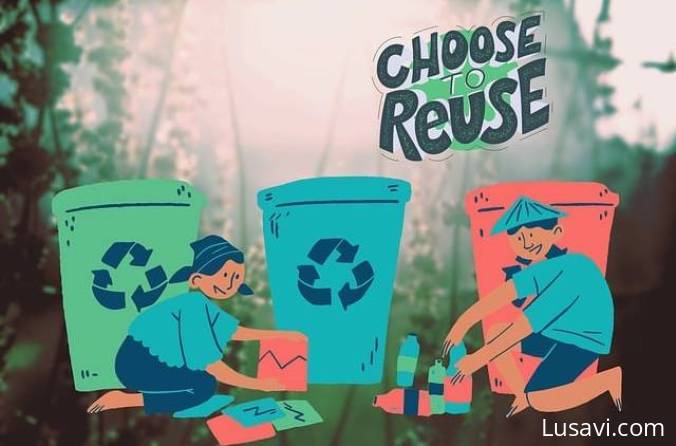The True Cost of Fast Fashion: Environmental and Ethical Consequences

Category:
The Fashion
278
4 months ago
The fast fashion industry has revolutionized the way people consume clothing, offering trendy and affordable options at an unprecedented pace. However, beneath the glossy surface lies a significant environmental crisis: the massive accumulation of textile waste. The rapid production cycle of fast fashion has led to excessive consumption, short garment lifespans, and immense amounts of discarded clothing, much of which ends up in landfills or pollutes ecosystems.
The Rise of Fast Fashion
Fast fashion brands such as Zara, H&M, and Shein release new collections at breakneck speed, sometimes as frequently as every week. This accelerated production encourages consumers to buy more, driven by low prices and ever-changing trends. However, this model comes at a steep cost, not only in terms of labor conditions but also in its environmental footprint.
The Waste Problem
The fashion industry produces approximately 92 million tons of textile waste annually. Many garments are discarded after only a few wears due to their poor quality or rapid obsolescence. In developed countries, clothing waste often ends up in landfills, where synthetic fibers take hundreds of years to decompose, releasing microplastics into the environment.
Global Consequences
The waste crisis is not confined to high-consumption regions. Many discarded clothes are exported to developing countries, where they flood local markets, undermine domestic textile industries, and contribute to pollution. In places like Ghana’s Kantamanto market, heaps of unsellable clothing form vast waste mountains, contaminating water sources and soil.
Environmental Impact
- Water Pollution: The textile industry is the second-largest consumer of water globally. Dyeing and finishing processes discharge toxic chemicals into rivers, harming aquatic life and local communities.
- Carbon Emissions: Fashion accounts for up to 10% of global carbon emissions, surpassing even international flights and maritime shipping combined.
- Microplastics: Washing synthetic fabrics releases microplastics into the ocean, which accumulate in marine ecosystems and eventually enter the food chain.
Solutions and Sustainable Alternatives
To combat the fast fashion waste crisis, both systemic and individual actions are necessary:
- Circular Fashion: Brands should adopt circular economy principles, designing for durability, repairability, and recyclability.
- Second-Hand and Slow Fashion: Consumers can opt for thrift shopping, clothing swaps, and brands that prioritize sustainable practices.
- Policy Interventions: Governments can implement regulations on waste management, encourage recycling initiatives, and hold brands accountable for their environmental impact.
Conclusion
Fast fashion’s convenience comes at a hidden environmental cost that can no longer be ignored. Addressing the waste crisis requires a collective shift in consumption habits, industry practices, and regulatory frameworks. By embracing sustainable alternatives, consumers and brands can help mitigate the damage and pave the way for a more responsible fashion future.
